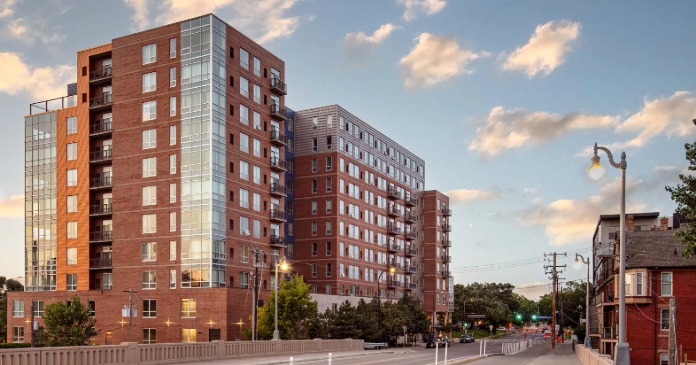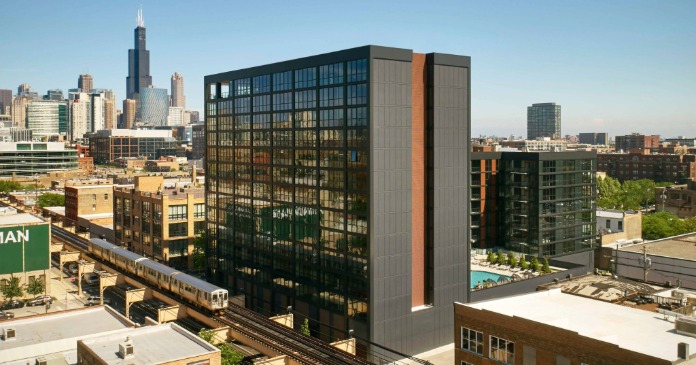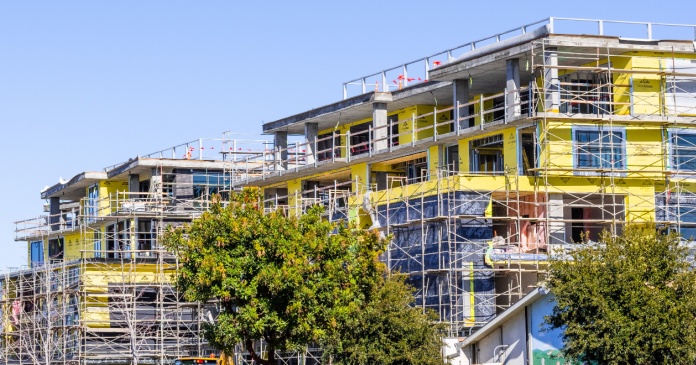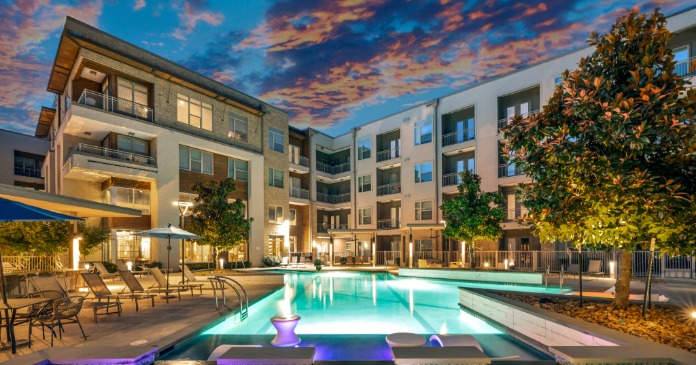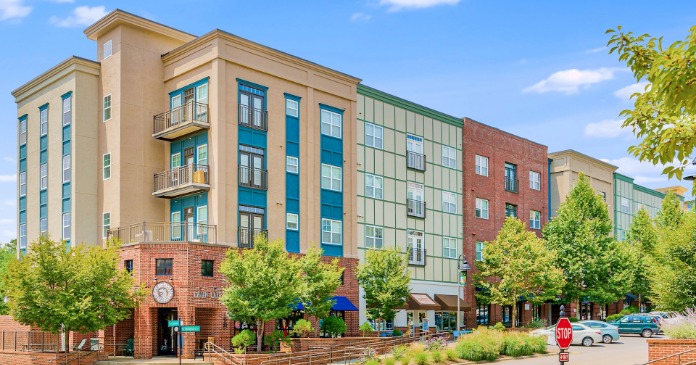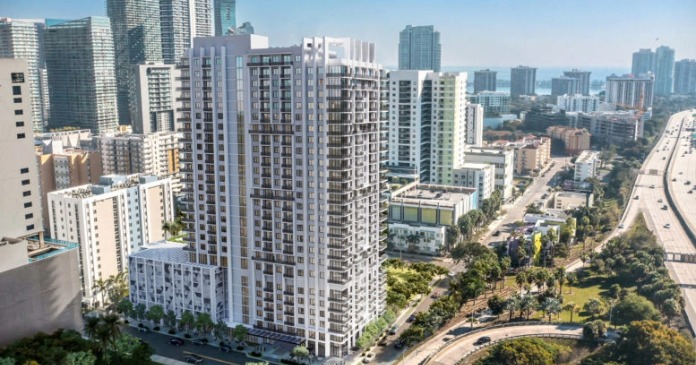
With apartments nearly full and waiting lists piling up, a sense of rental euphoria has fallen over downtown Cleveland.
The downtown apartment market has tightened up dramatically, thanks to growing zest for urban living and a housing crash that helped make apartments the hottest commodity in the real estate business.
The occupancy spike-to 98 percent or higher at some buildings-has developers looking for their next project and wondering whether Cleveland can create enough supply to meet renter demand.
“Downtown needs more apartments, and it’s just that simple,” said Ralph McGreevy, executive vice president of the Northeast Ohio Apartment Association.
Apartment are filling up across the country. In the Cleveland-Elyria-Mentor area, landlords are having their best year since the early 2000s, according to data from research firm Reis Inc.
The region’s occupancy rate hit a recent low of 93 percent during the first quarter of 2010. Now it’s 95.2 percent—better than the national rate of 94.4 percent in the third quarter.
Reis pinpoints apartment occupancy in downtown Cleveland at 93.2 percent, putting the center city behind the suburbs. But enthusiasm for downtown is growing fast, and the vacancy rate has been sliced nearly in half during the last 21 months.
“That is a phenomenal increase during that period of time,” said Ryan Severino, a Reis senior economist in New York.
The Downtown Cleveland Alliance, which represents property owners, found that occupancy at market-rate buildings—those that aren’t subsidized for low-income residents or the elderly—was nearly 95 percent in the third quarter.
Worried about an apartment shortage, the group is pushing developers to focus on housing first.
Joe Marinucci, the alliance’s chief executive, said he wouldn’t blink at bringing 500 new apartments onto the market in a year. The alliance’s quarterly apartment surveys, which don’t include student housing, show 4,171 apartments downtown.
“We’re not able to absorb thousands of units, obviously, but certainly I think two, three hundred coming online,” said Doug Price, chief executive officer of the K&D Group Inc., a major private owner of apartments in Northeast Ohio. “It takes a few years to get something done. We haven’t even seen the effect of the casino jobs or the medical mart jobs.
“Those are going to be 24-7 jobs,” Price added, referring to 1,500 or more anticipated positions at the casino. “They’re going to want to live downtown, and they’re going to be hard-pressed to live downtown. We’re already behind the eight ball.”
Demand grows, but new supply is hard to find
In 2009, Nic Barlage was the first tenant to move into the Residences at 668, a K&D redevelopment of a historic department store complex at 668 Euclid Ave. In May, he upgraded from a studio apartment to a one-bedroom unit with a patio.
A 27-year-old transplant from Minnesota, Barlage wouldn’t live anywhere but the center city. He has lived in downtown Minneapolis—very developed, he says, but too cold—and downtown Charlotte, N.C.—still developing, but very upscale, with lots of amenities for young people.
By contrast, downtown Cleveland is still finding its footing as a neighborhood rather than a business district.
But “Cleveland has the most upside, because there’s so much being developed right now,” said Barlage, who works as director of suite sales and business development for the Cleveland Cavaliers. “There’s a ton to do, and it’s growing. It’s a friendlier downtown than it probably looks.”
Young professionals like Barlage are driving the downtown market. So are students, empty nesters and people moving from other cities.
Census data and research by the Downtown Cleveland Alliance estimate downtown’s population at roughly 10,000 in 2010. That’s up 74 percent from a decade before.
“What’s happening today in the city of Cleveland is different—and better—than I’ve seen it in the almost 40 years that I’ve been doing business in this community,” said Jeffrey Friedman, chief executive officer of Associated Estates Realty Corp., a publicly traded apartment company based in Richmond Heights.
When Lincoln Electric brought a pack of interns to Northeast Ohio this year, K&D showed them apartments all over Euclid, where the manufacturer is based. Price said every one of those interns ended up in downtown Cleveland, instead, choosing to live in the city and commute to the suburbs.
Buyers are still finding condominiums and townhouses downtown. But building for-sale housing remains a struggle, after lenders across the country got burned by failed condo projects during the housing collapse.
Plus, more people are simply choosing to rent. The Coral Co., which owns or manages 183 downtown apartments, has waiting lists of tenants who already have paid deposits. On East Fourth Street, the Maron family’s 224 apartments are full, with a waiting list of 100 people. And Price says his downtown properties are the best-performing in K&D’s large portfolio.
K&D owns the apartments at Stonebridge, on the west bank of the Flats; the massive Reserve Square complex on East 12th Street; and 668 Euclid. Price sees a deep bench of potential downtown renters, if landlords can only find places to house them.
He’d like to build another set of apartments at Stonebridge, but construction costs are too high. So he’s looking at redevelopment.
“We’re ready to move forward on a couple projects,” he said, declining to elaborate. “I think we might have found one.”
New urban projects require public subsidies
Public officials and property owners are focused on remaking existing buildings, where historic preservation tax credits and other cost-cutting tools can make a project easier to pull off.
That’s not to say new construction is impossible. But rent levels in downtown Cleveland-effectively $1,024 a month, on average, according to Reis—are too low to make projects work. Landlords can’t charge tenants enough to cover the costs of new construction and turn a profit.
“I think any new construction of residential has got to have some kind of public subsidy,” developer Scott Wolstein said. “I don’t think there’s any question. I think that’s just a reality in any urban environment, not just Cleveland.”
The Wolstein Group and Fairmount Properties hope to start construction in the spring on apartments at the Flats East Bank, a mixed-use neighborhood on the Cuyahoga River. Wolstein plans 150 to 175 units at a time, with five stories of apartments built over restaurants and stores.
The Flats project site, where construction crews are building an office tower, hotel, restaurants and a parking garage, could accommodate 600 units of housing.
“I’m not going to rush it,” Wolstein said. “I’m going to do it right. But it would certainly make me happy if we could have all our ducks in a row for the spring.”
Polaris Real Estate Equities of Highland Heights and the Buckingham Cos., based in Indianapolis, are building more than 300 apartments in the $50 million Campus Village project at CSU. A third of the units should be finished in 2012, with the rest set to open in 2013.
To make the project work, CSU leased the project site to the developers and provided financing for infrastructure improvements—essentially playing the role of a public-sector partner.
“While new construction may not be something that we’re going to see a lot of in the immediate term, I do believe that conversions are still going to occur,” said Tracey Nichols, economic development director for the city of Cleveland.
CRM Real Estate Services of Cleveland still aims to build apartments above a planned hotel in the historic Schofield Building, at East Ninth Street and Euclid, and in the small Truman Building, at 1030 Euclid Ave.
The mothballed East Ohio Building, at 1717 East Ninth St., is often mentioned as a potential office-to-apartment conversion. Leaders in the PlayhouseSquare district have talked about potential residential projects for years. And real estate insiders speculate that the Avenue District condo tower, in foreclosure since early 2010, eventually will be converted to apartments.
Not every downtown building is teeming with renters. The apartment association’s McGreevy admits that some properties need improvements, especially with renters becoming more choosy.
But with apartments more full than they’ve been in years, and little fear of flooding the market, this might be Cleveland’s best time to build on the rental boom.
“My gut instinct,” McGreevy said, “is that there’s more demand than we can possibly fill in the next three to five years.”
Author: Michelle Jarboe McFee, The Plain Dealer



